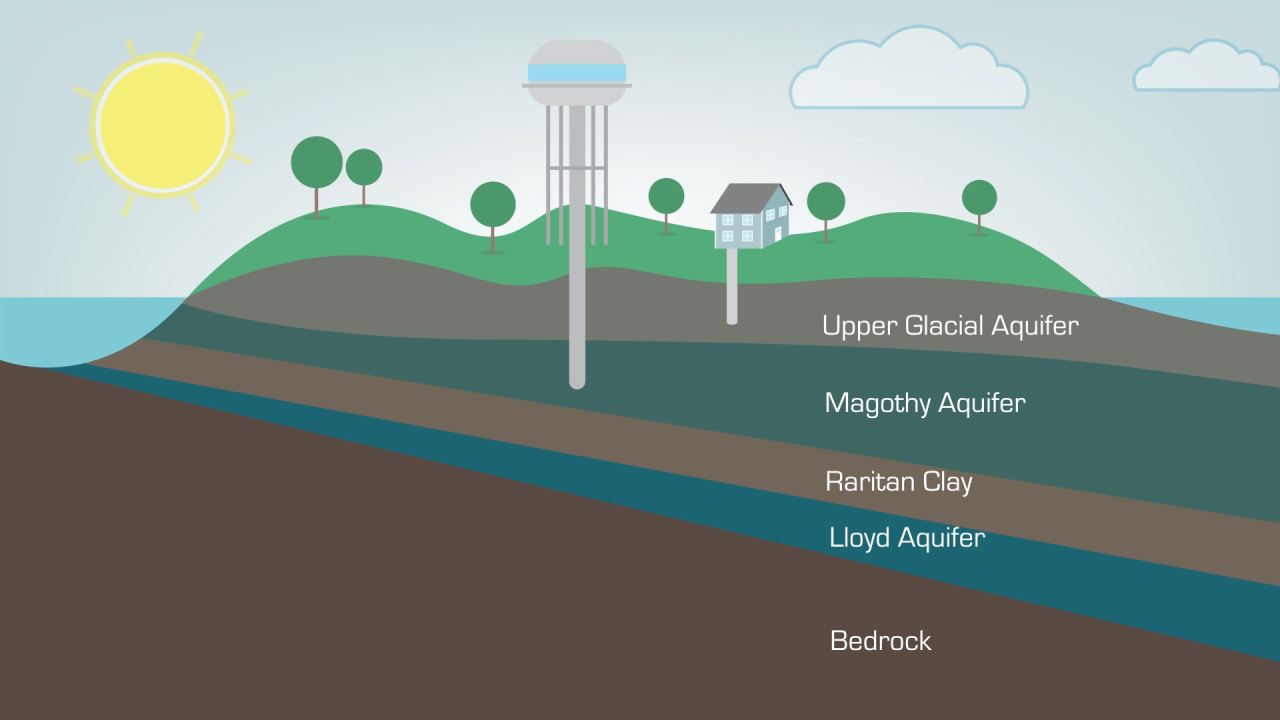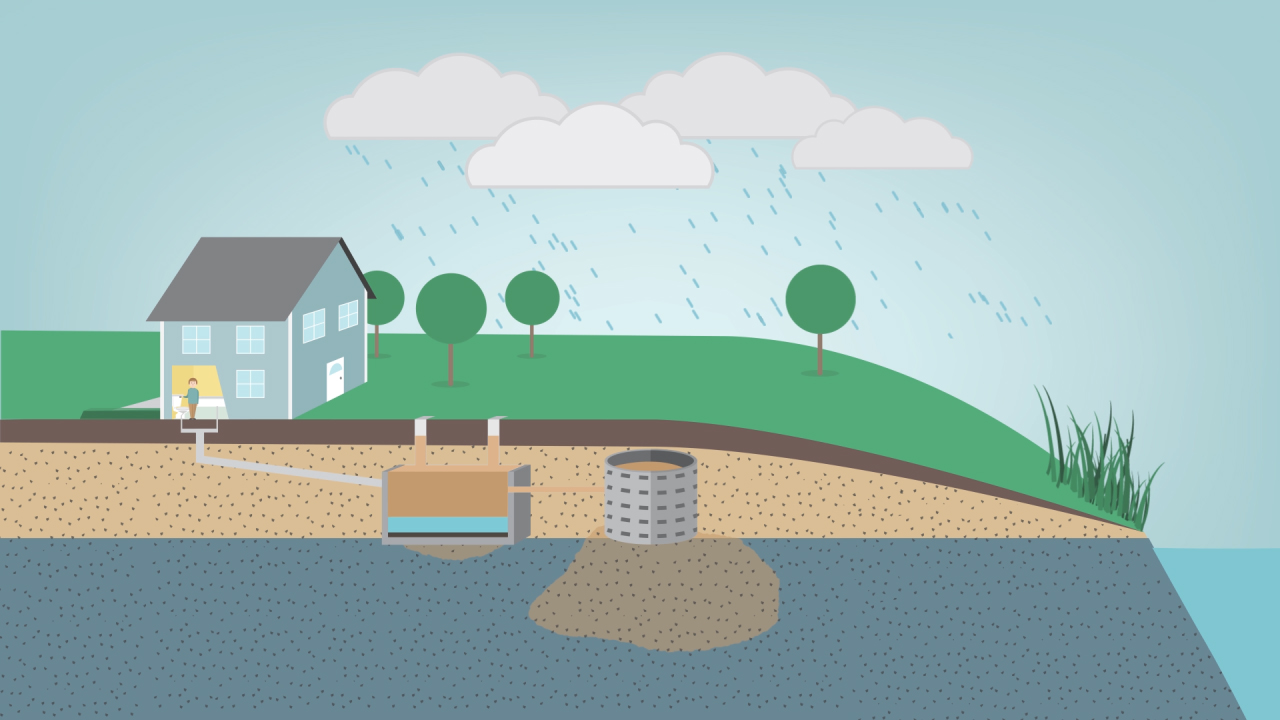We're in a Decline
On Long Island, many of the symptoms of nitrogen pollution, such as harmful algae blooms and loss of seagrass meadows, are getting worse. Nitrates and other contaminants that originate from septic systems, lawn care, and agriculture are also increasing in Long Island's underground drinking water supply. However, there is good news! In places where we have made investments to clean-up our waters things are improving. For example, we have added extra treatment to the Long Island Sound sewage plants, causing the "dead zone" in the western Sound to shrink considerably. With modest investments in our future we can reverse the decline of our waters.
Septic Systems That Don't Risk the Eco-Systems
It turns out that with some relatively minor changes in septic system design, up to 90% of the reactive nitrogen and many other contaminants of concern (such as pharmaceutical drugs and chemicals from personal care products) can be removed before household wastewater is returned to the ground. With the aid of Stony Brook University's Waste Water Technology Center, Suffolk County Department of Health Services is expected to approve such clean water septic systems for use in 2016. This is the first step in transitioning away from the old cesspits and leaching pools that have been proven to be impacting Long Island's drinking water and surface water.

Being Part of the Solution
Baba Dioum famously said, "In the end, we will conserve only what we love, we will love only what we understand, and we will understand only what we are taught." We should not underestimate the value of bringing family, friends, and neighbors to the beach, or on a boat, or paddle boarding - connecting them with the natural surroundings of their island home, and making them aware of what is currently at stake. Each of us will need to inspire our neighbors to become part of the solution. Learn what you can do now at LICWP.org.



